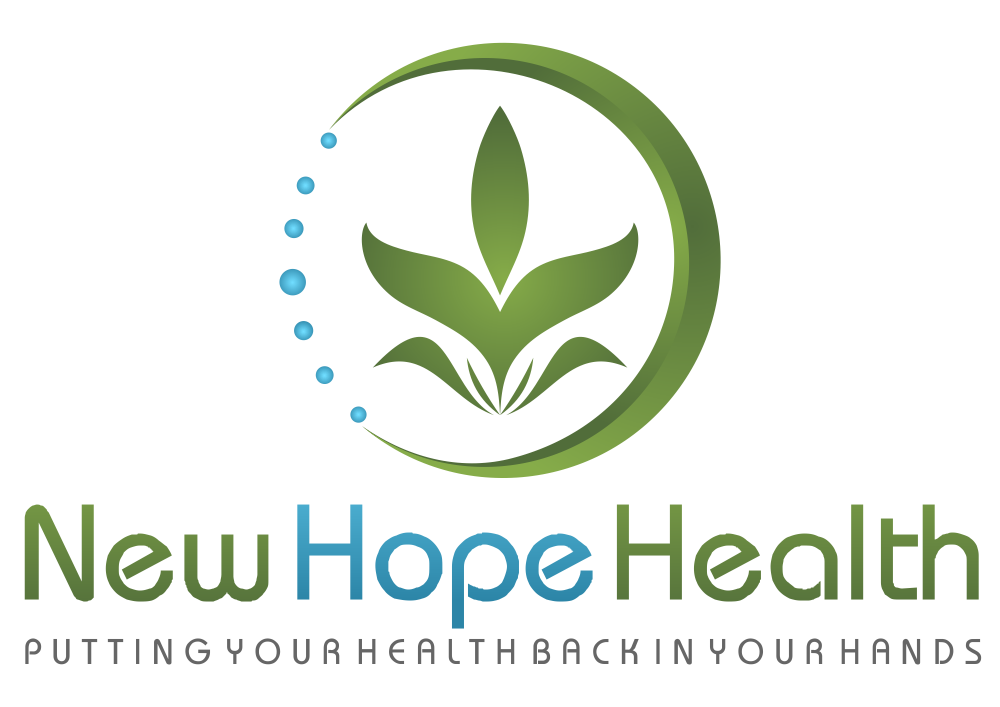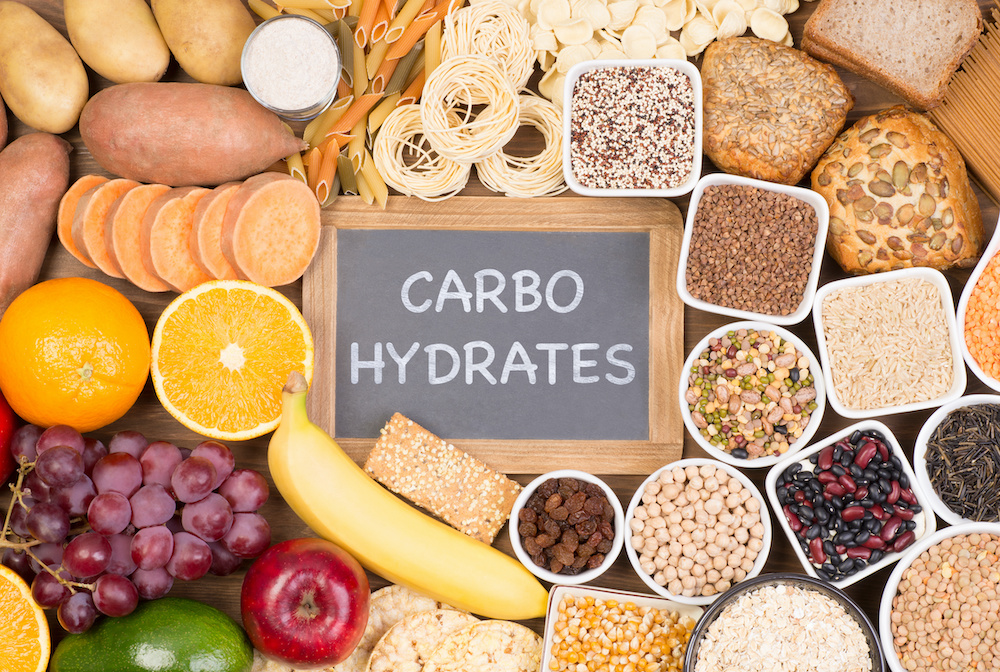
Contrary to what the ADA reports, carbs are not the enemy. The American Diabetic Association is unfortunately not the place to look for answers when it comes to REAL evidence-based facts about diabetes. “Non-profits” like this are big business and are funded by drug companies as well as soda and candy companies in exchange for the ADA label and who knows what else. I recently went to an ADA recipe site to see what the options were for people who might go to this site at the direction of their doctor to get ideas about what they could eat… I set the filters to give me vegan, gluten-free options… Of the thousands are recipes, only about 4 were even close to something I would ever actually consume or recommend to clients. The recipes were full of meat, butter, oil, and refined sugar (literally). Perhaps the creators of this site were in a diabetic fog when they were working on this (haha). This is not health information. This is marketing. (It’s important to understand the difference!) My resources that are focused on alternative health care and naturopathic medicine will guide you to the truth. There is a truth that leads toward OPTIMAL health. Here at New Hope Health we seek the truth based on evidence, not marketing and gimmicks.
Anyway, that said… Let’s talk about diabetes. It’s on the rise and we all know someone with it. It has far reaching complications if it’s allowed to spin out of control, but what’s really going on in this condition?
A normal blood sugar/insulin response:
In a healthy body, when glucose in the blood is increased (from food or drinks consumed), the beta cells of the pancreas are signaled to produce insulin. The insulin helps the glucose move into the cells, specifically the cells of the brain, muscles and liver. Once the glucose is out of the blood and inside the cells, it can either be used for energy immediately or stored in the liver in the form of glycogen for later use. This influx of glucose out of the blood and into the cells causes the blood glucose to go back down, which in turn causes insulin to also go back down as it is no longer needed (because there’s no longer excess glucose to be acted against).
In type 1 diabetes, the auto-immune response of the body causes the beta cells of the pancreas to not work properly so they are not able to produce insulin. When carbohydrates are consumed, allowing glucose into the blood, they are unopposed by insulin because the beta cells aren’t able to sense or secrete it. If untreated, this results in a major unchecked spike in blood sugar, yielding a situation where the body feels as though it’s starving despite an abundance of sugar in the blood. It feels this because the glucose (fuel) is there in the blood but is unable to be escorted into the cells so the cellular level needs are not met. This situation also causes the kidneys to become overwhelmed with the constant high-sugar condition of the blood that it’s filtering, leading to excessive urination (polyuria). This is in effort to rid the body of the sugar; however, it’s not just sugar that is released but also water, which causes dehydration and therefore excessive thirst.
In type 2 diabetes (more common), the beta cells of the pancreas work just fine. Upon eating carbohydrates, glucose is sensed by the beta cells and insulin is produced as needed. In this case, the cells are not receptive to the insulin, so the glucose isn’t adequately able to penetrate the cells, despite the abundance of it in the blood. This condition also results in excessive blood sugar due to the fact that the insulin isn’t able to help it out of the blood and into the cells for use or storage.
It is important to note the carbohydrates are not bad, as many believe. Glucose is the primary fuel that the body uses. Because glucose is so heavily impacted in diabetics, many people believe the answer is all about reducing carbohydrates and sugars. However, it appears that perhaps excessive fat in the liver cells may more likely be a factor.1 This may be complicated by the fact that many people eat fat and sugar together (think donuts, for example) but even when they are separated, the fat seems to play a greater role than we once thought.
A few recommendations that would be helpful for type 1 and type 2 diabetes:
- Reduce dietary fat. In the standard American diet, most dietary fat is found in animal products such as meat, butter, cheese and eggs. This fat increases glucose and also requires a greater amount of insulin to be regulated. Reducing fat is helpful for both type 1 diabetes2 as well as type 2 diabetes.3
- Move toward a plant-based diet. Although a vegan diet may be ideal, replacing even a small percentage of animal protein with vegetable sources has a significant impact on reducing type 2 diabetes.4
- Eliminate cow’s milk. It appears that cow’s milk can trigger the immune response in type 1 diabetics that damages the beta cells of the pancreas.5
- Eat carbs! Yes, that’s right. I want to re-iterate that carbs are not the enemy. They are life-giving and the right carbohydrates can actually help to heal type 2 diabetes.6 The key is to replace refined sugar found in processed foods like donuts, crackers, breads, etc. with more whole-food complex carbs like squash, sweet potatoes, rice, beans, oats and peas.
Change is not easy. If you have been eating junk food for decades, it can feel impossible. But I promise you, YOU CAN DO THIS! You, your family and your mission in life are worth changing for. And once you do, your only regret will be that you didn’t do it sooner! It’s hard to explain to someone who hasn’t felt good in years what it feels like to feel amazing… But I assure you, it’s possible and even probable! You don’t have to live your life in a diabetic fog. I see these transformations on a regular basis. It’s why I LOVE my clients and my ability to help them! If you need some help with diabetes or holistic health care in general, be brave, get healthy now and call us today!
Resource List:
1. Petersen KF, Dufour S, Befroy D, Garcia R, Shulman GI. Impaired Mitochondrial Activity in the Insulin-Resistant Offspring of Patients with Type 2 Diabetes. N Engl J Med. 2004. doi:10.1056/NEJMoa031314
2. Wolpert HA, Atakov-Castillo A, Smith SA, Steil GM. Dietary fat acutely increases glucose concentrations and insulin requirements in patients with type 1 diabetes: Implications for carbohydrate-based bolus dose calculation and intensive diabetes management. Diabetes Care. 2013. doi:10.2337/dc12-0092
3. McMacken M, Shah S. A plant-based diet for the prevention and treatment of type 2 diabetes. J Geriatr Cardiol. 2017. doi:10.11909/j.issn.1671-5411.2017.05.009
4. Malik VS, Li Y, Tobias DK, Pan A, Hu FB. Dietary Protein Intake and Risk of Type 2 Diabetes in US Men and Women. Am J Epidemiol. 2016. doi:10.1093/aje/kwv268
5. Goldfarb MF. Relation of time of introduction of cow milk protein to an infant and risk of type-1 diabetes mellitus. J Proteome Res. 2008. doi:10.1021/pr800041d
6. Vitale M, Masulli M, Rivellese AA, et al. Influence of dietary fat and carbohydrates proportions on plasma lipids, glucose control and low-grade inflammation in patients with type 2 diabetes—The TOSCA.IT Study. Eur J Nutr. 2016. doi:10.1007/s00394-015-0983-1
Nothing said or implied in this post is intended to treat, cure, diagnose or prevent any disease. It does not take the place of a qualified health care practitioner and is intended for educational purposes only.

Dr. LeAnn Fritz, PhD
Dr. LeAnn is a practitioner, coach, speaker, consultant, and the founder of New Hope Health. She is also the author of The Quantum Weight Loss Blueprint, and Get Healthy Now. She is laser-focused on practical, evidence-based practices to empower her clients to get real results that last. She sets the bar when it comes to radiant health that will change every area of your life forevermore.
Recent Posts
Parasites- Living Inside Your Body, Without Paying Rent!
Parasites…I know…the thought of them living inside your body feels like something from a horror
Holistic Detox: A Naturopathic Doctor’s Guide to Cleansing Your Body for Optimal Health
Detox is a powerful way to reset your body and enhance your health. As a
Watermelon Slurpy…Upgraded!
It’s summer and it’s HOT! You’re looking for a refreshing cold drink that will give
Curious about achieving your highest level of health?
Schedule your consultation with Dr. LeAnn today, and get your health back in your hands.


